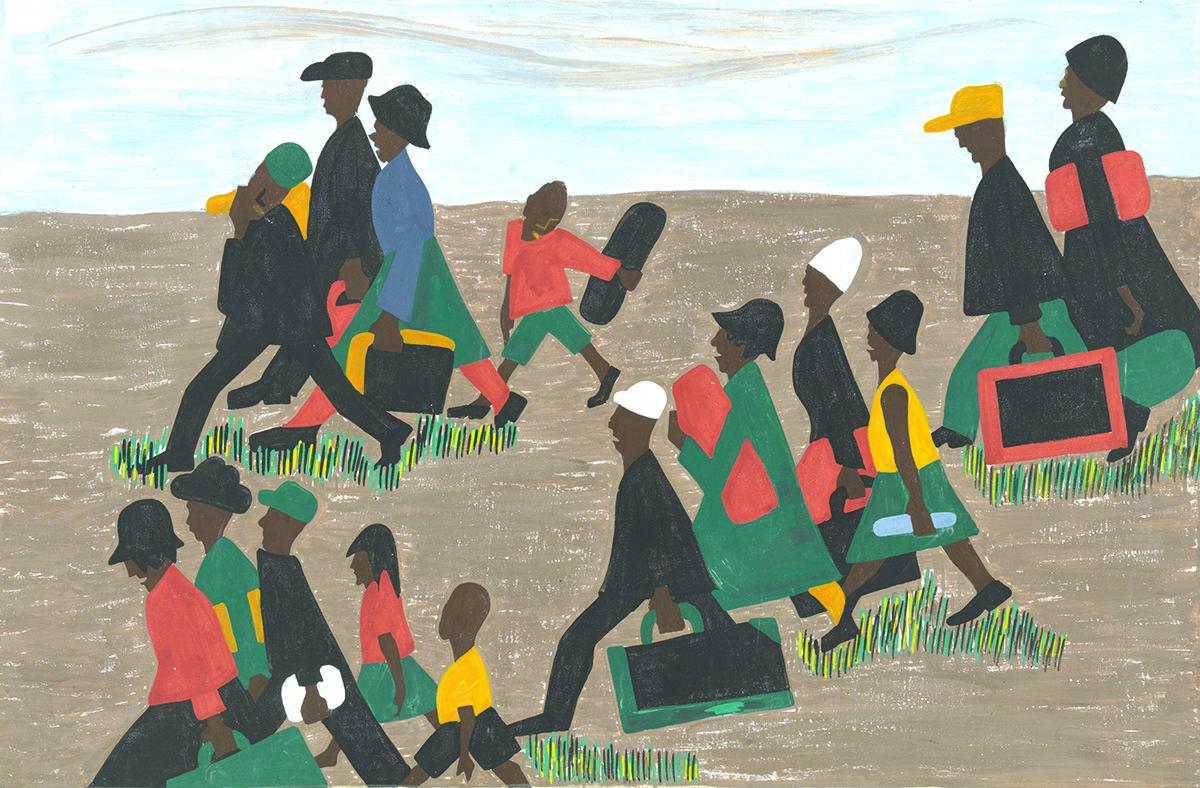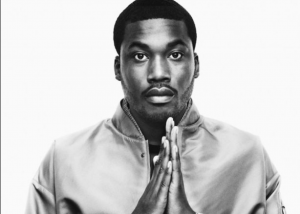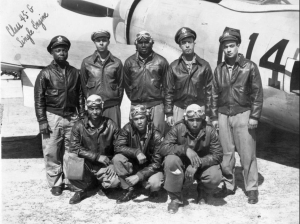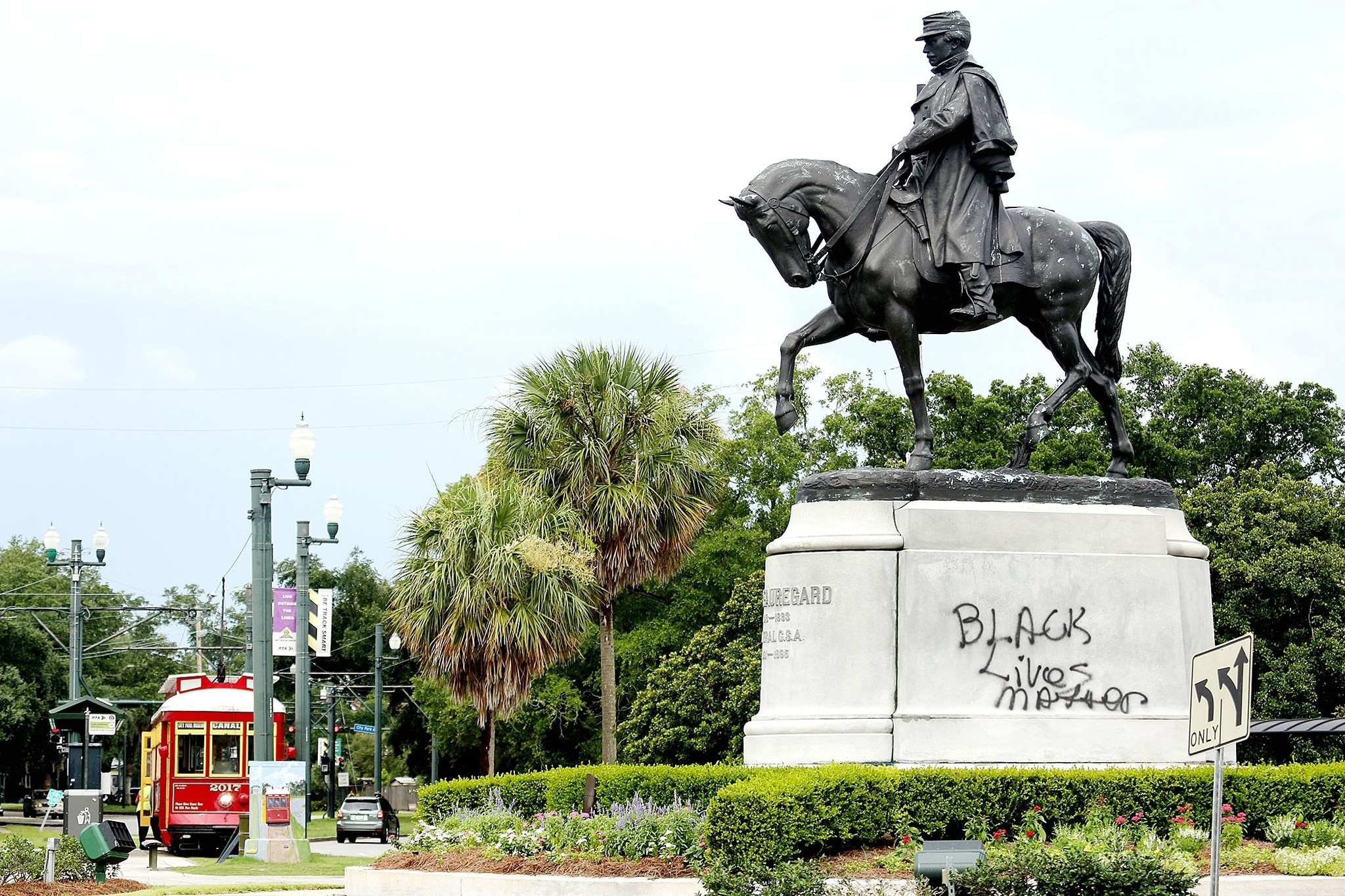Over the past 18 months, the NFL has seen an unprecedented amount of protest. The evolution from kneeling during the National Anthem to arguing with the President of the United States, it has become clear that professional athletes play a significant role in the eradication of racism. However, on the eve of the NFL Draft just less than a week ago, Yahoo sports surfaced racially insensitive tweets from top quarterback prospect, Josh Allen. The tweets, sent in 2012 and 2013 when Allen was still in high school, contain offensive language and homophobic phrases, such as,”If it ain’t white it ain’t right.” The unique aspect of the story is the multiple reports that have suggested that an NFL team leaked the tweets, in hope that Allen would fall later in the draft. The Cleveland Browns had the first overall pick along with the fourth pick, selected Oklahoma quarterback Baker Mayfield first, ruling Allen out as the first overall pick. Approaching the seventh pick and Allen still on the board, the Buffalo Bills traded up with the Tampa Bay Buccaneers and selected Allen with the seventh overall pick. Although the tweets only slightly hurt Allen’s draft stock, he was going to have to answer to the media as well as his new teammates. Shortly after Allen was picked, Buffalo Bills leader and linebacker Lorenzo Alexander told the media that Allen would have to answer to his teammates about the tweets but will chastise him for something he tweeted in high school. While talking on the phone with ESPN’s Stephen A. Smith, he expressed his regret and takes full responsibility for his actions but also referenced that some of the tweets were rap lyrics; also the ‘white is right’ tweet was quoting an episode of popular TV show Modern Family. Alexander expressed that he is going to give Allen a chance to prove himself on and off the field, but also stressed that some of Allen’s new teammates might not be so forgiving. All things considered, Josh Allen is going to have an uphill battle from the moment he steps in the Bills facility with proving his worth as a player and his character as a teammate and f riend.
riend.
http://www.espn.com/nfl/story/_/id/23321086/josh-allen-apologizes-offensive-tweets-high-school-resurface



